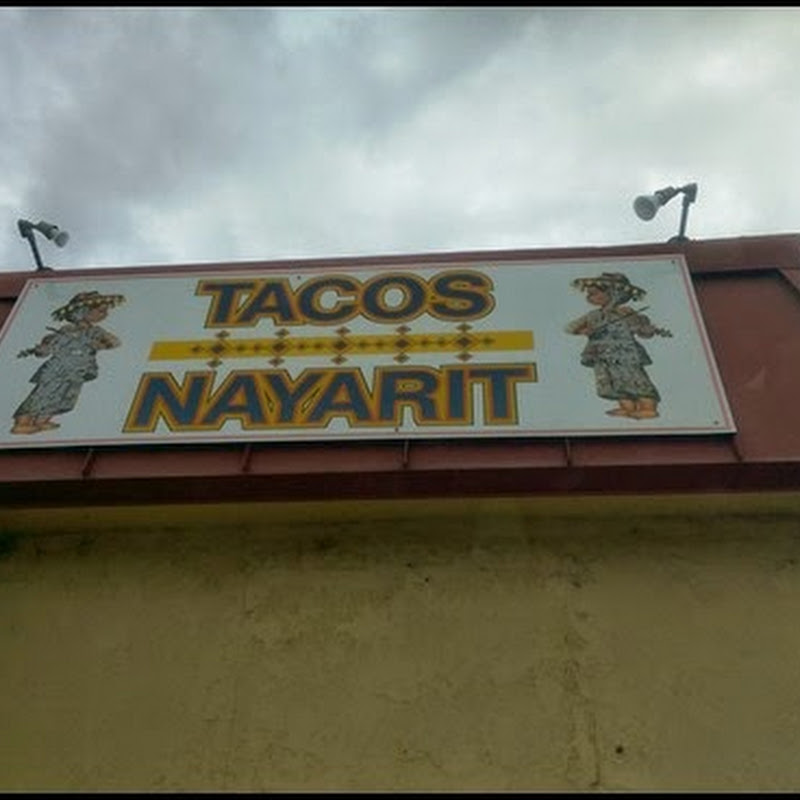 Not too long after I transferred from the Santa Cruz area office, to the Los Banos office in the mid 1970's, the CHP was in the process of establishing two specialized accident investigation teams. One team would be based in the northern part of the state, and the other team would cover the southern half. These teams were to be known as M.A.I.T. (Multi-Disciplinary Accident Investigation Team).
Not too long after I transferred from the Santa Cruz area office, to the Los Banos office in the mid 1970's, the CHP was in the process of establishing two specialized accident investigation teams. One team would be based in the northern part of the state, and the other team would cover the southern half. These teams were to be known as M.A.I.T. (Multi-Disciplinary Accident Investigation Team).The need for much more comprehensive investigations, relative to those very serious incidents where multiple deaths were involved, was well documented. Often, the State of California was the recipient of wrongful death lawsuits, and it was vitally important to cover all of the bases during the initial investigation. The lack of a full investigation often left the state wide open for damages, and when millions of dollars were at stake during a civil trial, a flawed, or less than complete investigation was fuel for a good plaintiffs attorney's case.
My desire to enter this very specialized field was an ongoing, mostly self educational process. My Area Commander, George Edgerton (See #14 Captain George) was a graduate of U.S.C. and he was one of the few members of the CHP who had entered this arena of being an expert in the area of accident reconstruction. I think George recognized my intense desire to improve my expertise beyond the average training, and he became my cheerleader when the CHP announced that they were forming the two M.A.I.T. Teams. He had previously sent me to the CHP Academy for a one week class in determining speed from vehicular skidmarks. His recommendation to the Division Commander that I be considered for the northern team, I'm sure, carried a lot of weight.
When I traveled to Fresno for a series of interviews with not only the CHP brass, but also with some leaders of the Dept. of Transportation (CALTRANS), I knew that I was competing against several of my peers, who were well qualified. The interviews were exhaustive, lasting for several hours, and to my surprise, included copies of many of my previous accident investigations. When I left Fresno, I felt like I left a positive impression, however, I had no idea
what to expect.
It was a couple of weeks later that I got a radio call to return to the office from my beat on I5. Captain George was waiting for me, and as I sat in his office, he gave me the news that I had been selected as a member of the Northern M.A.I.T. Team. I remember thinking that the news was both exciting, and a little bit scary. In a sense, it was kind of like a city cop going from patrolman to homicide detective. I was entering a new world where I would be working alongside engineers from CALTRANS, specialists from our motor carrier division, and other experts in their respective fields. I had a lot to learn, and I was eager to jump in with both feet.
There were 9 other Officers selected to the northern team, and 10 selected for the southern team. These positions were on call only, and all of us remained assigned to our specific areas, continuing with our normal shifts, and responsibilities. When an incident occurred that met the criteria for activation of the team, one, or more of us would be called away to work the investigation. A typical team consisted of a CHP SGT, one or more CHP Officers, an engineer from CALTRANS, and a motor carrier specialist. The general criteria as I recall for team activation was 4 or more fatalities, unless a commercial vehicle was involved, then it was two fatalities. The team was often called by cities to due an impartial investigation involving a city police vehicle, where injury or death had occurred. We even got calls to do departmental, in depth investigations into CHP shootings, and other sensitive incidents.
My first investigation as a M.A.I.T. member was the rollover of a farm labor van that was transporting 16 farm labor workers. 5 of those workers were killed, and most of the other 11 were seriously injured. This accident occurred on state highway 99, south of Fresno. That investigation lasted several weeks, and as accidents go, it was relatively simple. One vehicle involved, and excessive speed was the main causative factor. When all of the disciplines submitted their investigations, including the human, environmental, mechanical, historical, and vehicular dynamic factors, the report required a 3 ring binder. I even took aerial photos of the accident scene from one of our fixed wing CHP aircraft.
I worked on several M.A.I.T. investigations over the next few years, and my expertise in the field of accident reconstruction grew by leaps and bounds. One of the perks of being on the team, was the periodic, specialized training at the CHP Academy in Sacramento.
In the mid 80's, I transferred to the Sonora Office in the Sierra Nevada foothills. At about the same time, the CHP had decided that each Division needed it's own permanent M.A.I.T. team, and that the on call approach was going to be a thing of the past. When the invitations to apply for the permanent position went out, I reluctantly declined to apply, because it would have meant a relocation to Division Headquarters in Fresno. I had just transferred to an office that took about 20 years of seniority to get into, and I still had one son in high school. My charter membership in an elite CHP society came to an end, but it was a great ride.




No comments:
Post a Comment